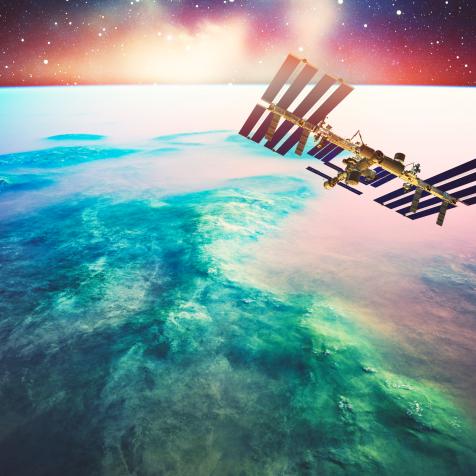
Michael Dunning
Fireball Meteor Soars Over Vermont
NASA identifies a meteor as it shoots over the Northeast, causing buildings to shake and a ‘nice little firework’ in the sky.
On the evening of March 7, a little entertainment was provided by the sky: a meteor traveling over the state of Vermont that was identified by seismometers on Earth. The space rock burst through the Earth's atmosphere causing a shockwave that was measured and heard by not only space instruments, but also eyewitnesses within the vicinity. Many bystanders reported seeing a bright fireball around 5:30 pm local time, according to NBC News.
The next day (March 8), NASA updated the data collected and was able to infer that the “meteor was traveling at around 42,000 miles per hour,” which is 55 times faster than the speed of sound and 20 times faster than a rifle bullet, according to Newsweek.
While the meteor shattered the Earth’s atmosphere, simultaneously air resistance was created, pressure was building up in front of the asteroid, and a vacuum was forming behind it. The differences in these pressures caused the meteor to fiercely burst with force of around 440 pounds of TNT, Newsweek notes. NASA explained, “[s]uch a pressure wave can also couple into the ground, causing minor 'tremors' that can be picked up by seismic instruments in the area." NASA utilized three infrasound stations located around the vicinity in order to measure how impactful the force was. These infrasound stations have identified meteors explosions before by detecting low frequency sounds that travel far distances.
NASA was able to calculate characteristics of the meteor with the approximated speed and force of explosion to conclude that, “the meteor was probably about six inches across and weighed 10 pounds. The agency also said it was likely the space rock was once part of a larger asteroid that it had split away from,” Newsweek reports.
NASA posted on Facebook providing additional information on the meteor as they described it as “[a] nice little firework, courtesy of Mother Nature.” Multiple eyewitnesses chimed in on the post- from Vermont, New Hampshire, and Quebec, Canada -commenting that they too either saw the magic in the sky (which lasted about 2 seconds, according to Newsweek), heard the explosion-like sound near the trajectory, or felt their homes rattle for a moment or so.


















